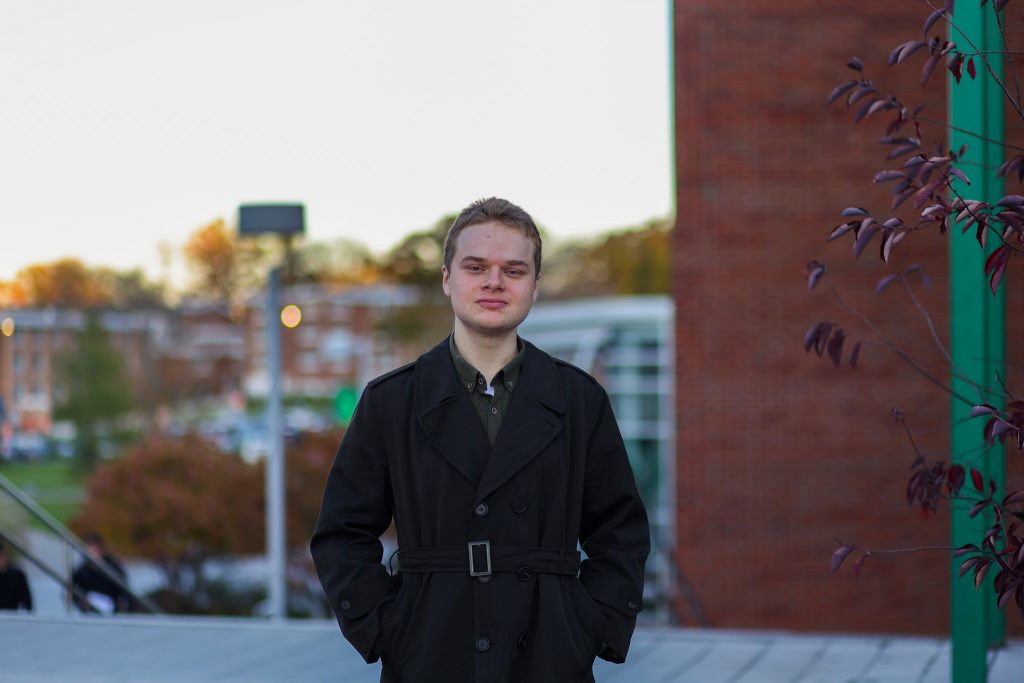When it comes to historical heritage, Binghamton and Broome County in general has a lot to offer. From its industrial origins born out of the major production plants to the arrival of immigrant groups in the 1900s, and from the growth of production and innovation during the 20th century, to the revival of the city thanks to the expansion of Binghamton University — this corner of upstate New York has a lot to be proud of. With its museums, archives, sites and culture, Binghamton has a unique heritage and a history that is stretched across centuries. However, there is still a large amount of potential that is yet to be tapped into, and Binghamton can prosper significantly by embracing that potential through preservation, promotion and purposeful redevelopment.
A crucial aspect of Binghamton’s history are the libraries and museums that contain the sources of local history from the past. The art and history they contain is absolutely crucial to the identity of this city — yet these places also face important challenges that may very seriously threaten their existence. A famous and very recent example of this is the situation faced by the Bundy Museum of Art. Loss of financial support put the museum at risk of closing down last September, and it is a serious problem that such places that are important to the community around them are threatened by financial strains. This situation is deeply detrimental to the efforts of preservation done by sites like the Bundy, as they are very much dependent on outside support from donations which are realistically a very unpredictable source of income. With the risk of this source diminishing, their efforts to preserve history now face the threat of failing due to financial burdens.
Another example is the buildings that are remnants of the old heritage of Broome County. Today, there are plenty of historical buildings concentrated around the city center near the city hall that date back to the origins of Binghamton. Nevertheless, there are also plenty of buildings that are under utilized or outright abandoned due to similar reasons as what the Bundy faces. The Stone Opera House on Chenango Street near city hall is a place that once hosted the works of famous playwrights and actors and is now in a state of ruin due to neglect. Though there are sites elsewhere in Binghamton where art and opera still lives on, it is lamentable that this building and many like it — such as the Masonic Temple building on Main Street — are slowly eroding away. There are efforts to rebuild and repurpose such abandoned sites in Binghamton — most notable of these projects being the plans to redevelop the old power plant at 22 Charles St. However, a concerted effort to revive such buildings that are a part of local history is not only logical in terms of additional revenue from tourism, but also essential for the preservation of local heritage. Historic sites like these are the symbols of Binghamton’s past, and it is crucial to preserve such buildings since they represent not only the past of the city but also its cultural legacy and identity.
In addition to preservation and redevelopment, it is also important to consider the roles institutions like BU play too. The University is responsible not only for the massive influx of new students that come here every year, but also the research that is being conducted through academic programs. And especially for history, there are plenty of methods to support these revival efforts by promoting the research of local history at an academic level. Programs that promote local art and culture, as well as efforts that include the study of local history such as the Source Project, all contribute to this idea, and it is certainly possible for both the city council and the University to form connections with places in the region for further cooperation and assistance. The University is already an enormous source of creativity thanks to the size of the student population — from which revival efforts can greatly benefit. New generations of artists, playwrights and researchers coming from our school can take inspiration from the preserved local history and in return contribute to the art and culture of the city.
I talked in a past column about the revival of local railways from a perspective of transport and economics, mentioning the old heritage that still exists despite neglect. There is now an even bigger case to be made about the potential that exists in this city. Efforts to rebuild sites of historical value and support places such as the Bundy Museum or the local libraries brings the possibility of greater recognition and prosperity for the region, so there is a lot to gain from focusing on what can be done to repair, restore and protect local history.
Deniz Gulay is a freshman majoring in history.
Views expressed in the opinions pages represent the opinions of the columnists. The only piece which represents the views of the Pipe Dream Editorial Board is the Staff Editorial.



